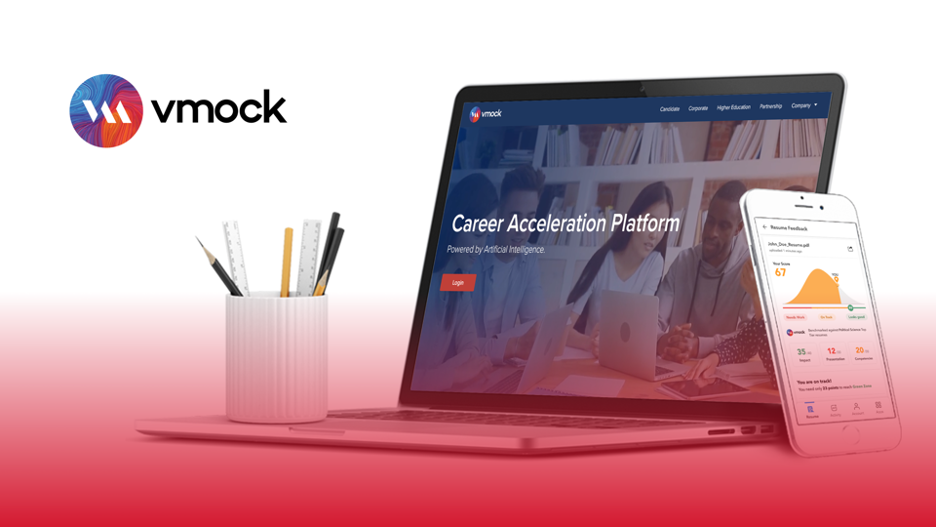Resume Workshop for Career Fair Success
Your resume is more than just a document—it's a personal marketing tool that highlights your skills, professional experience, and education to potential employers. Its primary goal is to effectively showcase your abilities, making it clear to employers that you are the perfect fit for their job. Think of your resume as your first impression, designed to capture the employer's attention and secure you an interview.
Research the Employers Attending the Career Fair
Once you have registered to attend the UMGC Virtual Career Fair, take some time to review the list of employers that will be attending the event. Identify the employers that you would like to connect with during the fair and review their websites, looking specifically for mission statements, current events, or other initiatives that might align with your current experience and skills.
Review the Job Descriptions
Be intentional when creating your resume, so you can highlight any relevant coursework, projects, or certifications that are relevant to your desired role. Where available, employers will add a list of open job titles or a link to job descriptions that they are recruiting for during the fair.
The elements of the job description can be used as your guide for how to specifically tailor your resume. Additionally, the types of jobs that employers will be hiring for will be broken down into different categories (e.g., location, career area, position type). Identify all the categories for the type of work you are looking for and review the job descriptions for the minimum qualifications and those that are preferred.
Highlight Relevant Skills
After identifying your target companies and reviewing their job descriptions, tailor your resume to emphasize relevant skills. To do this, you can:
- Match your Skills to the Job Description: Review the job descriptions and look for skills that you have or are related. Then, add them to your resume. For example, if the role requires “JavaScript” or “SEO,” and you have experience working with the tools, make sure to list them in your skills section.
- Include Both Hard and Soft Skills: If the job description emphasizes leadership or teamwork, it is acceptable to mention those skills even if they are part of your softer qualities as long as they are used sparingly. Similarly, if technical skills or software tools are mentioned, list those tools if you are moderately proficient to proficient in them.
Tailor Your Education Section
If the job description has specific educational requirements, make sure to list the degrees that you have obtained, with the highest-ranking degree listed first. For example:
Master’s Degree, 2025 - current
Bachelor’s Degree, 2024
Associate’s Degree, 2021
Note: Once you start an associate’s degree, you no longer need to list your high school information on your resume.
If a certain level of education is a required element in the job description, be sure to place the Education section within the top two-thirds of your resume.
Showcase Relevant Coursework
For students or recent graduates, listing coursework taken that aligns with the job description can be a useful way to convey competency to the employer. For example, if applying for a marketing role, you might include courses like “Digital Marketing” or “Consumer Behavior.” If your education is the only element that matches the minimum requirements on a job description, you can also highlight any relevant coursework that might be related to the industry or job duties.
Leverage UMGC's Career Tools
When attending a career fair, it is important to have a current resume that aligns your skills to the job description by highlighting your most relevant information. UMGC Career Services partners with VMock, which is an excellent resource available to assist you in refining your resume. Use the Resume SMART Editor feature to create, add, or improve the content of your resume to get interviews with employers. You'll demonstrate why you are the best choice.
Raelynn F. Grasso is a Career Advising Specialist at the University of Maryland Global Campus and Adjunct Psychology Professor. She has experience leading and providing individual, group, and career counseling as well as executing and developing programs to enhance college student enrichment. Ms. Grasso’s areas of research include career decision-making, epistemic cognition, self-efficacy, and college student development. She holds a B.S. in Psychology from the University of Utah, a M.S. and a Ph.D. in Educational Psychology, both from the University of Nevada, Las Vegas.




